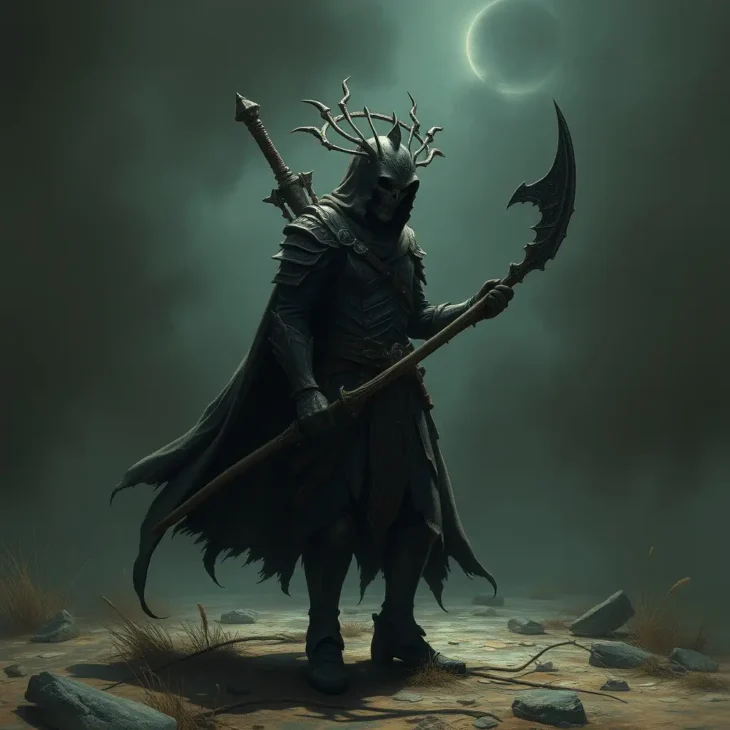The Uneasy Silence: A Journey into Kiyoshi Kurosawa’s ‘Pulse’

Rediscovering a Childhood Terror
When asked why I fell in love with movies, I answer without hesitation: horror films. Classics like Tobe Hooper’s Poltergeist (1982), David Cronenberg’s The Fly (1986), and John Carpenter’s The Thing (1982) plunged me into the world of horror cinema. Over the years, I’ve watched hundreds, maybe thousands of horror films. But with time, repetition dulls the edge, and I no longer feel the fear I once did.
A Master of Atmosphere and Dread
Then one night, as I combed through my movie list, I stumbled upon a film I had avoided for years because it terrified me as a child: Kiyoshi Kurosawa’s Pulse (2001). This film, though flawed in many aspects, contains one of the most haunting scenes I’ve ever encountered. This is the brilliance of Kurosawa—a master of atmosphere and dread.
The Terrifying Scene
As the protagonist stumbles upon a room sealed with red tape, curiosity pulls him inside. The space is cold, empty, and suffocating. As he ventures deeper, the tension rises. There’s nothing overtly sinister about the setting—just an ordinary room with red markings and a sofa. Yet, the atmosphere drips with unease. The silence screams louder than any jump scare. And then…she appears.
The Haunting Presence
A woman stands in the background, barely visible, not even the focus of the frame. She lingers outside the light, far from the camera. At first, it’s easy to dismiss her presence—until you realize she’s not a part of the room’s décor, but something far more terrifying. Her actions? Simple. She walks. But it’s how she walks that chills to the bone. There’s no dramatic reveal, no jump cuts or fast-paced edits. Instead, Kurosawa lulls us into the uncanny valley—where the familiar becomes disturbingly unfamiliar.
A Grotesque Imitation of Life
The woman moves slowly, deliberately, with an unsettling fluidity. This is horror stripped to its bare essence. There’s no need for loud noises or sudden movements because true fear is born in the stillness and the unknown. As the woman approaches, she falters, almost as if she’s about to collapse. It’s in this moment that we catch our first glimpse of her face, illuminated by the only light in the room. There’s nothing overtly monstrous about her appearance, but it doesn’t matter. We’re already terrified. It’s the unease of her unnatural movement, the fear of the unknown, and the anticipation of what comes next that grips us.
Kurosawa’s Genius
Kurosawa’s decision to have her move slowly, instead of the usual ghostly tropes like fast crawling or sudden teleportation, makes her feel all the more human—and yet, not at all. She’s a grotesque imitation of life, and it’s in this liminality that the horror lies. The sound design amplifies this dread. Low frequencies remove any distractions, forcing us to focus on the woman, much like a nightmare where you can’t look away. The camera remains still, trapping us in this claustrophobic moment. When the protagonist finally hides behind the sofa, we momentarily feel a sense of relief. But as the ghost disappears, the fear only grows. She could be anywhere. The uncertainty, the lack of control, that’s where true horror lives.
Final Thoughts
In the end, the woman reappears, her pale hand reaching out, shattering any hope of escape. It’s a scene that doesn’t just scare you in the moment—it lingers, infecting your mind like a slow poison. Kiyoshi Kurosawa doesn’t rely on cheap tricks to evoke fear. He’s a master storyteller who knows that true terror comes from the unknown, the unspoken, and the unsettlingly quiet. Pulse is not just a horror movie; it’s an experience in dread, a haunting meditation on loneliness and despair. The scene I’ve described is a prime example of how horror can be more than jump scares—it can be a slow, creeping sense of unease that stays with you long after the credits roll.
1. Atmosphere: ⭐⭐⭐⭐⭐⭐⭐⭐ (8/10)
Kurosawa masterfully creates a haunting atmosphere through stillness and isolation. The tension is palpable, though it can feel a bit slow for some viewers.
2. Cinematography: ⭐⭐⭐⭐⭐⭐⭐✨ (7.5/10)
The use of shadows and subtle framing is smart, though the simplicity of the visuals may not engage everyone. The ghost’s placement outside the main focus is eerie yet understated.
3. Sound Design: ⭐⭐⭐⭐⭐⭐⭐⭐ (8/10)
The low, ominous tones and absence of background noise heighten the fear, though more dynamic sound could enhance the overall tension.
4. Acting and Movement: ⭐⭐⭐⭐⭐⭐⭐✨ (7.5/10)
The ghost’s slow, uncanny movement adds a lot to the scene’s creepiness. While effective, the minimalism might not appeal to those expecting more physical drama.
5. Pacing and Execution: ⭐⭐⭐⭐⭐⭐⭐ (7/10)
The slow build-up creates a sense of dread, but it may feel drawn out for viewers who prefer quicker pacing. The scene’s subtle execution works well, though it risks being repetitive.
6. Overall Horror Experience: ⭐⭐⭐⭐⭐⭐⭐✨ (7.5/10)
This scene delivers a unique kind of horror—slow, psychological, and atmospheric. It’s memorable but might not satisfy fans of fast-paced, jump-scare-filled horror.
Final Rating: ⭐⭐⭐⭐⭐⭐⭐✨ (7.5/10)
Pulse crafts a slow-burn, existential horror experience that lingers in your mind. Its minimalist style may not be for everyone, but it stands out for those who appreciate a more atmospheric approach.





